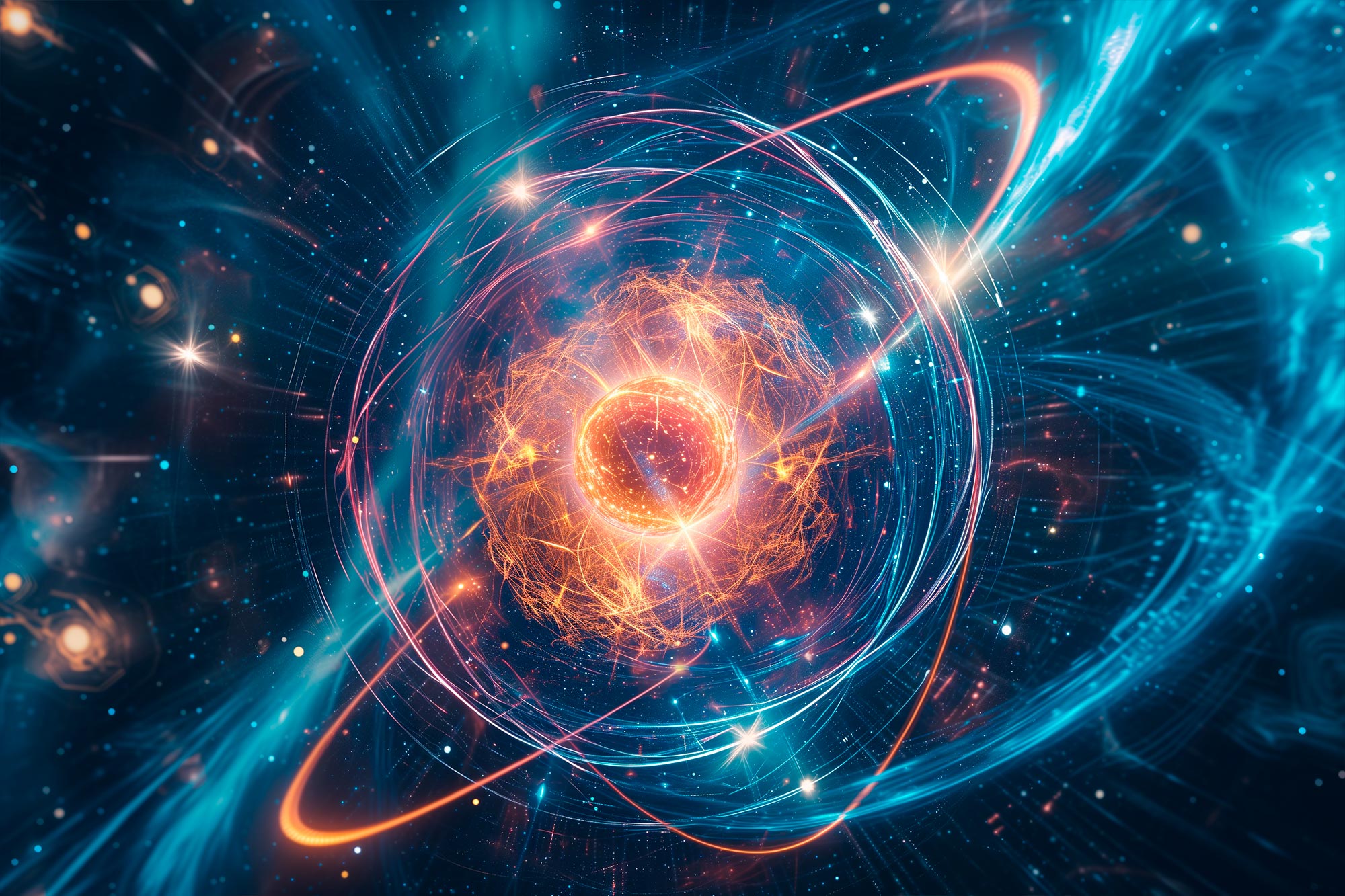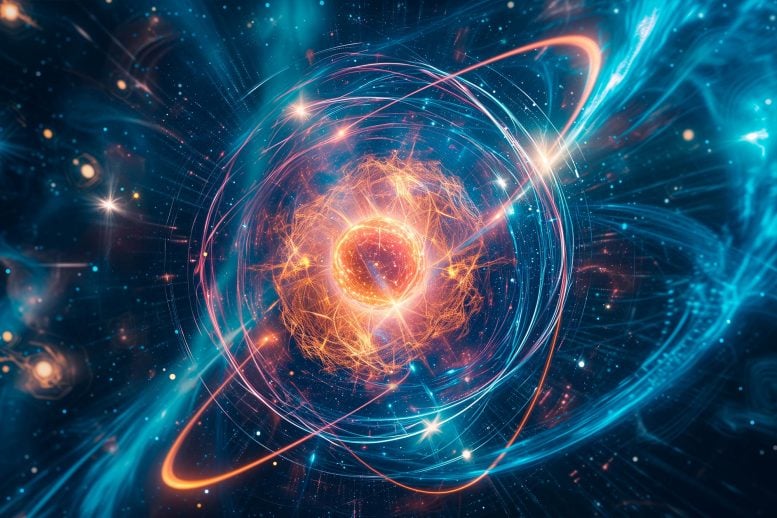

A collaborative study by the University of Cologne revealed that magnetic excitations in BaCO2V2O8 crystals involve unusual repulsively bound states, a significant discovery made by irradiating the crystals with terahertz waves.
A team of solid-state physicists from the University of Cologne, along with international collaborators, studied BaCO2V2O8 crystals in a laboratory in Cologne. Their research revealed that the magnetic elementary excitations in the crystals are influenced by both attractive and repulsive interactions.
However, this results in a lower stability, making the observation of such repulsively bound states all the more surprising. The results of the study were recently published in Nature.
The working group of Professor Dr Thomas Lorenz from the University of Cologne’s Institute of Physics II succeeded in producing artificial crystals made from BaCo2V2O8, which contain screw chains of magnetic cobalt atoms.
Together with researchers from Augsburg, Bonn, Dortmund, Dresden, Geneva, and Prince George, the BaCo2V2O8 crystals were irradiated with electromagnetic terahertz waves in order to study the collective magnetic excitations in the crystal structure in high magnetic fields. In addition to the usual elementary magnetic low-energy excitations, the so-called magnons, the researchers also discovered two- and three-magnon bound states.
Significance of Multi-Magnon Bound States
The peculiarity of these multi-magnon bound states is that they are held together not by attraction, but by repulsive interactions. “The discovery of these states is the result of the very successful collaboration of experimental and theoretical working groups within the framework of our Collaborative Research Center 1238 ‘Control and Dynamics of Quantum Materials’, based in Cologne,” said Professor Lorenz.
Since 2016, the Collaborative Research Center (CRC) 1238 ‘Control and Dynamics of Quantum Materials’ has united a team of experts from experimental and theoretical physics as well as crystallography in Cologne, complemented by groups from the University of Bonn and Forschungszentrum Jülich. The aim is to discover, understand, and control new collective phenomena and new functionalities in quantum materials.
Reference: “Experimental observation of repulsively bound magnons” by Zhe Wang, Catalin-Mihai Halati, Jean-Sébastien Bernier, Alexey Ponomaryov, Denis I. Gorbunov, Sandra Niesen, Oliver Breunig, J. Michael Klopf, Sergei Zvyagin, Thomas Lorenz, Alois Loidl and Corinna Kollath, 26 June 2024, Nature.
DOI: 10.1038/s41586-024-07599-3